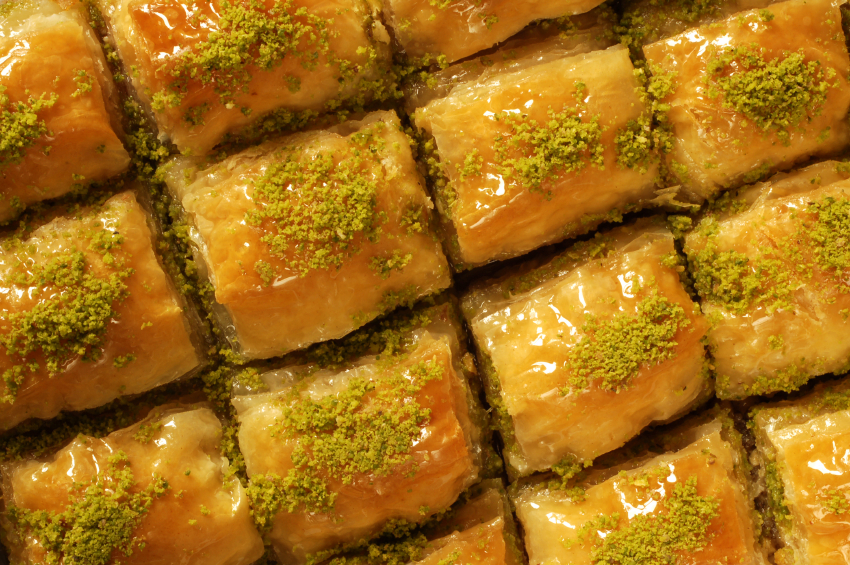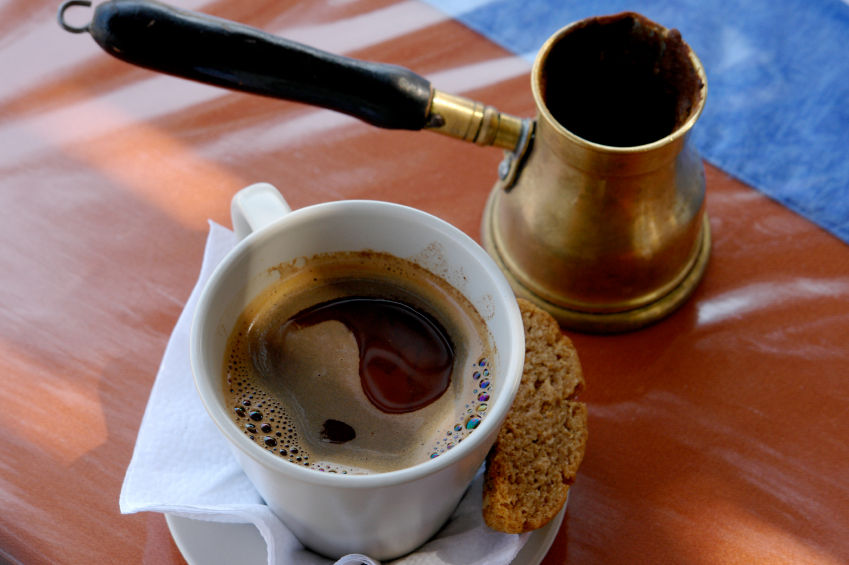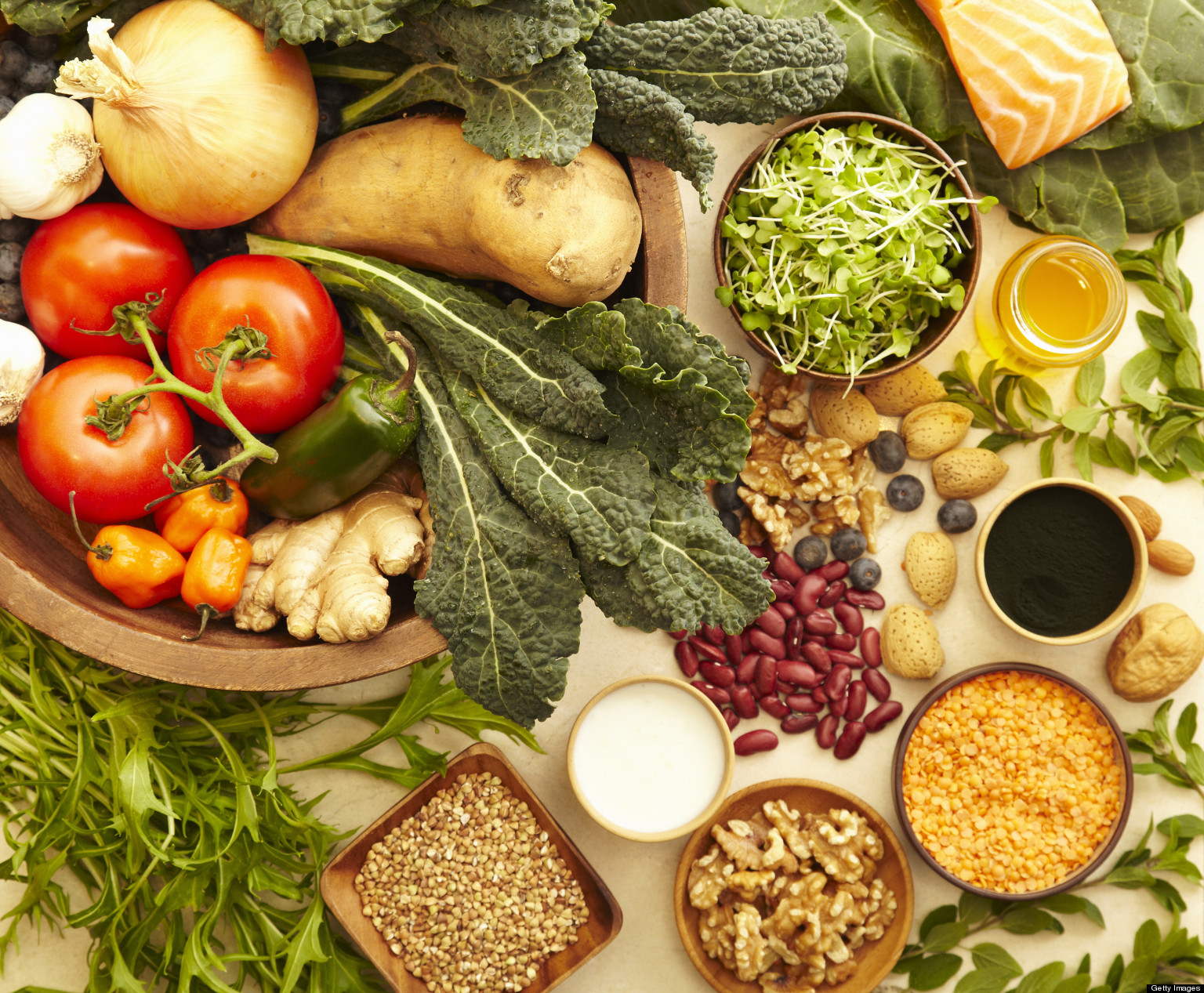
Whether it’s a casual get together, a quick power lunch or an annual event for the whole company, who says you can’t mix business with pleasure?
The key is selecting the right venue for the right occasion and keeping the appropriate tone, menu and vibe throughout the event. Here are our top options for work functions and mixing work with pleasure.
Casual get togethers
Friday afternoon is the ultimate opportunity to celebrate the end of a long week with a casual drink and dinner with workmates. You’re looking for a central location where you can meet up, kick back and ponder the highlights of the week past, where the prerequisites will likely be ambience, amenity and relaxation.
For that a spur of the moment outing or a gathering to celebrate an achievement, George’s Mediterranean Bar and Grill has a number of casual or more formal dining options to relax after the hard work of the week past.
Join us at our Darling Harbour location for drinks as the sun sets over Sydney Harbour, then let the woes of the week recede over a shared Mezza banquet in the lounge. Or if it’s a larger gathering like a birthday or the celebration of a promotion, take advantage of our more formal dining area where guests can indulge in Mediterranean and Greek flavours in a stunning waterfront setting.
The power lunch
The business power lunch presents the ultimate opportunity to get in, get down to the nuts and bolts of business and refuel for a busy afternoon ahead. With our proximity to the Sydney CBD and our picturesque views, we offer a location that’s easy to reach and provides delectable modern Greek fare to enjoy before an afternoon of productivity.
Lunchtime dining includes our shared Mezza menu or more formal à la carte offerings so you can plan out that quarterly report, manage that merger or talk corporate takeovers in comfort and privacy over fine wines and the finest of fare.
Corporate functions
The big achievements of business should be celebrated, whether it’s a corporate growth milestone or marking the end of year with a Christmas party.
Our team of experienced professionals is available to help you plan out corporate functions down to the finest detail.
We cater to product launches, corporate cocktail parties and all manner of work functions at our convenient CBD location, and work with clients to ensure every event meets their specific meals. George’s can tailor cost-effective food and beverage packages, theme our Sydney function rooms and host live bands to ensure your event is a success.
Take advantage of our picturesque lounge area with water views, enjoy the more formal setting of our dining area or book the entire venue and enjoy a stress-free event with sumptuous Mediterranean cuisine.
About George’s
George’s Mediterranean Bar and Grill is located in the heart of Sydney’s beautiful Darling Harbour, in proximity to the CBD. We offer a range of delectable Mediterranean and Greek dining options, from shared plates to banquets and à la cart dining. You can peruse our menu here or contact us for further advice or to make a booking.















